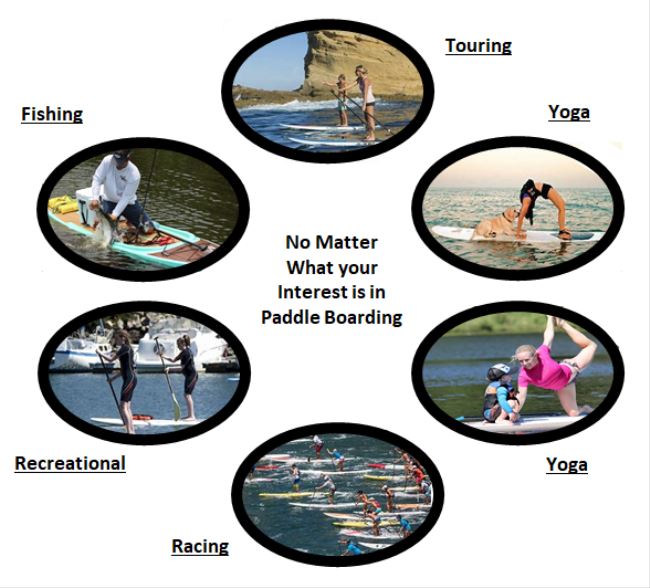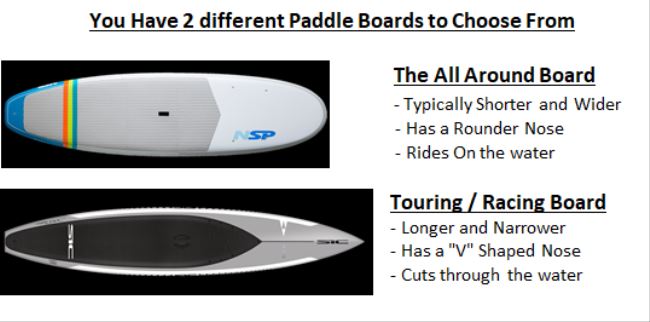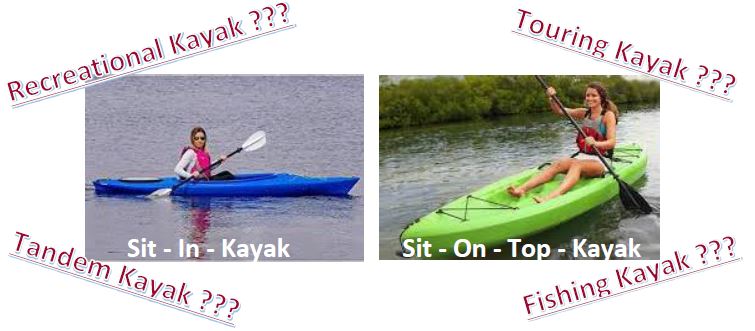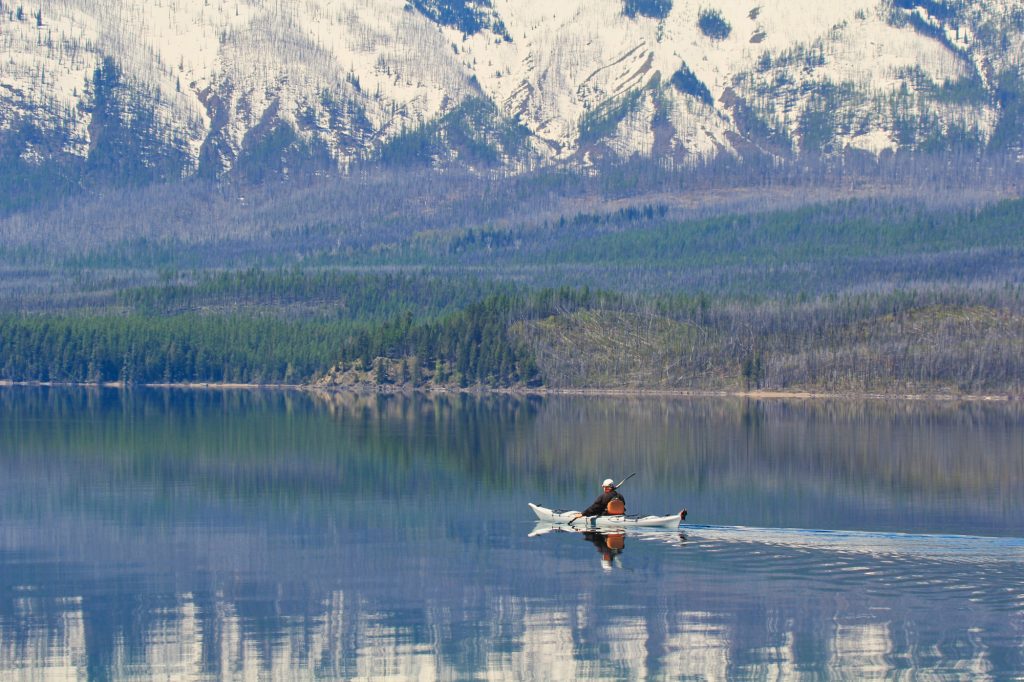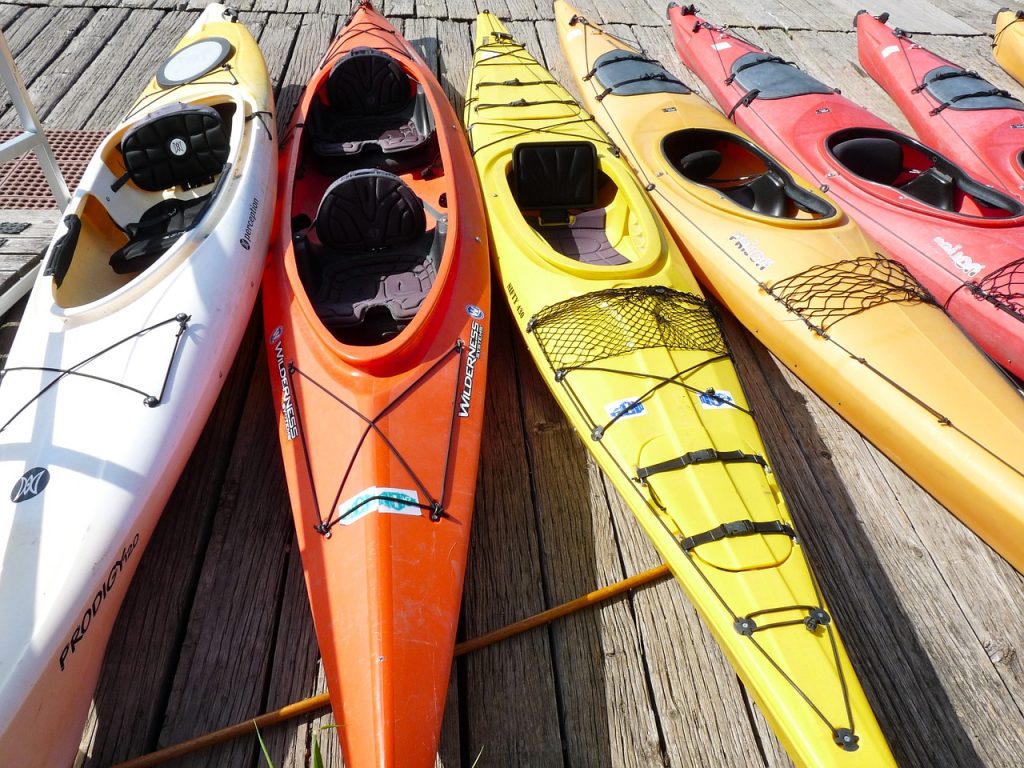June 14, 2019 | Ed Wrobbel | DockCraft Industries LLC

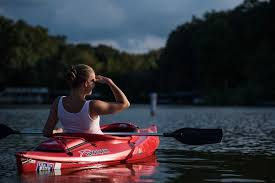
Sit On Top (SOT) vs. Sit Inside (SI) have several “parts”
that have the identical name.
The top of the kayak is called the deck. The bottom is the hull. The front is
the bow and the back is the stern.
At the bow and the stern of the kayak, you should find some grab loops or handles to assist in carrying the kayak from your garage / car to a body of water and between navigable waters on your adventure. Some kayaks have rudders that assist in the steering of your kayak.
Both sit-on-top and sit-inside kayaks have seats and some form of foot support.
That’s the end of the commonality!
A Sit-on-Top (SOT) Kayak differs from the Sit – In in that the boat is a completely sealed compartment, and the paddler sits on top of it – called an Open Cockpit / Deck. Since the boat itself is sealed, SOT kayaks are “unsinkable”, and they often have drainage holes (Scupper Holes) to allow any water that collects on top of the boat to drain out.
Sit – In Kayaks can be broken down into two further categories; Recreational and Touring. Touring Kayaks are narrower and faster, whereas; recreational Kayaks are more stable and maneuverable.
Sit-on-Top Kayak:
Pros :
- Sit-on-tops are the most user-friendly.
- Stable, easy to get in and out of.
- Self-bailing, which means they have small holes (called “scupper holes”) that allow the water to drain right through them.
- You can slip on and off them as you please.
- Best for warm environments and for paddling with kids who love to swim.
- Ideal for multi-person use
- Easy customization – can be modified to suit your wants and needs, with accessory mounts for fishing poles, GPS devices or cameras, rudders
- Great for fishing
- Easy to board – With a sit-on-top kayak, there’s no cockpit to lower down into.
Cons :
- You are guaranteed to get wet while paddling.
- Heavier to carry out of the water
- Not great in rough water conditions
- Slow moving
- More susceptible to wind and the possibility of getting wet
- Less insulation in colder seasons
Sit-Inside Kayaks:
Pros :
- Tends to shelter your lower body from the wind, which makes them warmer.
- Are great for paddlers who’ll be on cooler water and who want to stay dry while paddling.
- Great for distance travel
- Easy to maneuver
- Lightweight construction
- More Speed
- Less susceptible to wind and waves
- More insulating in colder months
- Ability to use a spray skirt and roll your kayak (Less wet exits)
Cons:
- You don’t have the same freedom to move in and out of the water.
- If you do flip for some reason, recovery is more complicated process because your kayak will likely be filled with water.
- More difficult to re-enter after capsize/ wet-exit
- More difficult to exit and enter cockpit
Keeping these factors in mind, will make your choice in deciding the type of Kayak you purchase easier.
Regardless of your choice, you are bound to have a great kayaking experience!
For those who have waterfront property consider Summer storage of your Kayak right at the water.
DockCraft Industries – “The DockSider” Kayak Lift and Dock Storage Rack offers you Neat, Convenient, and Affordable options whether you enter your Kayak from the Dock or from the Water.
Lift and store using only a fraction of the kayak weight!
Check us out NOW, www.DockCraft.com


